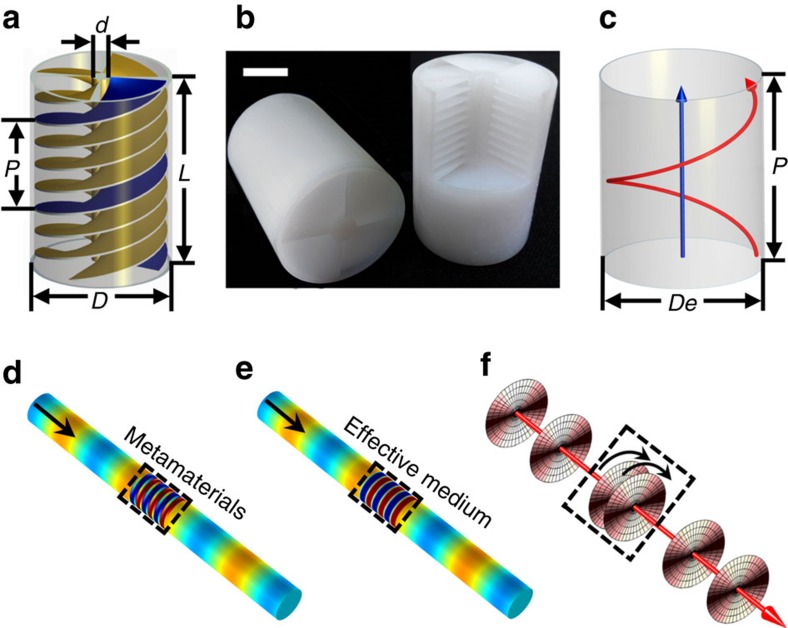Figure 1. Helical-structured acoustic metamaterials.
(a) A cylindrical helical-structured unit cell consists of four equally spaced wide blades spiralling around a slender shaft, the geometry of which is determined by outer diameter D, inner diameter d, overall length L and lead P. (b) Photograph of the fabricated helical-structured metamaterial unit cell samples with D=28 mm, d=6 mm, L=41 mm, and P=9 mm. Scale bar, 1 cm. (c) The acoustic wave travels along a helical path inside the structured metamaterials unit cell (the red arrow), while it can be treated as going straightly through an effective medium (the blue arrow). (d) Simulation result of sound pressure field distribution. The normally incident plane waves at 4,470 Hz propagate through the designed metamaterials unit cell in b. (e) Simulation result of sound pressure field distribution when the same incident waves in (d) propagate through an effective medium at neff=5.6 and ρeff=51.67 kg m−3, calculated from Equation (3). (f) The space between neighbouring acoustic wavefronts at the crest is shortened inside the metamaterials due to the helical propagation path around the central axis. Here the disks represent the acoustic wavefronts at the crest.

